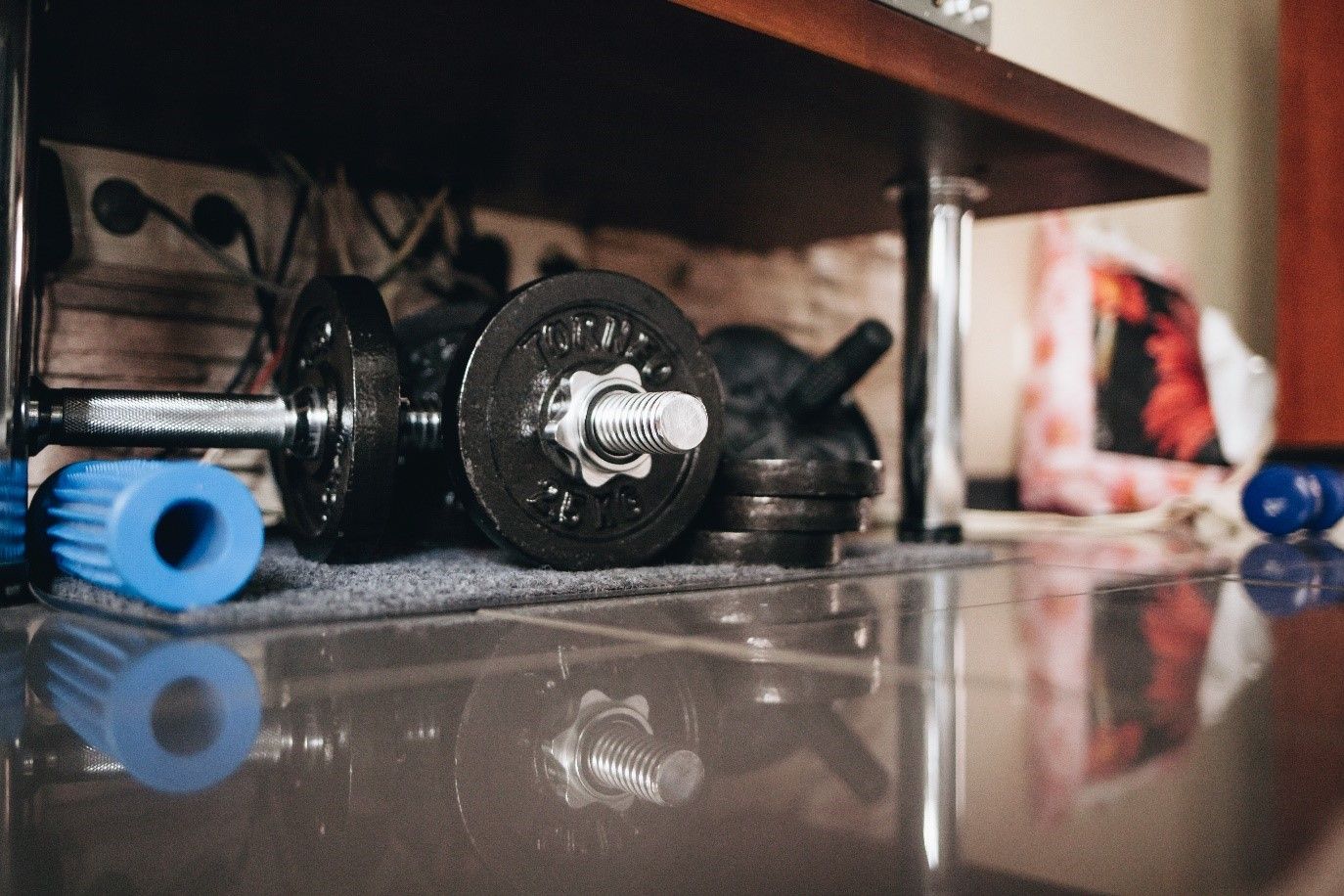The various grades might seem confusing if you’re new to fitness or haven’t made any big training equipment purchases.
Today’s guide will go over two fitness equipment grades: commercial and home (residential).
Read on to learn the differences and why the price can vary significantly for seemingly similar pieces of equipment.
What Does Commercial-Grade Quality Mean?
Commercial-grade fitness equipment is designed for public training facilities like large gyms. The most notable benefits are:
Durable And Lasting
Thanks to the high-quality materials and superior manufacturing process, commercial-grade fitness equipment lasts for years, even under heavy use. The components are much less likely to break down, and the overall wear of individual parts occurs more slowly.
Solid and Secure
Commercial-grade items are typically much heavier and more solid than lower-grade fitness equipment. Using the device provides a sense of security, the components are thick, and you know that you’re staying put while training.
As a result, you feel more secure, and there are no shaking or vibrations.
Smooth to Use
The next thing you notice when using commercial-grade fitness devices is the smoothness of movements. For instance, when using a high-end Smith machine, the bar moves smoothly and without a sound. The result is a much safer and more pleasant training experience.
Versatile and Flexible
Another considerable advantage of commercial-grade devices is that most come with many bells and whistles. As discussed above, these items are designed for public places and must conform to the needs of many people.
A high-end power rack often includes additions like a pull-up bar, dip bar, weights holders, and more. Similarly, a commercial-grade smith machine will come with safety locks, a functional trainer, weight plate holders, a half rack, and lots more.
For example, the BodyKore Universal Trainer comes with the following:
Smith machine
Safety locks
Functional trainer (cable machine)
Weight plate holder
Half rack
Leg press attachment (for the bar)
Pull-up station with various handles
Machines like those for leg extensions, lat pulldowns, and chest flyes often come with many small additions like micro-loading and numbered settings for the seat position, pads, and back support.
Of course, a premium-level machine can also work for a home gym. For instance, an all-in-one functional trainer is space-saving, multi-functional, and fun to use.
More Available Weight
Commercial grade devices (e.g., leg extension machines) generally come with larger weight stacks that allow even the strongest trainees to challenge themselves adequately.
For reference, a good pulley system typically has 200 to 220 lbs of weight on its stack, with cables and bearings capable of supporting the load for years.
More Effective
We could argue about it all day, but a commercial-grade machine will be much more effective than a cheaper alternative. Combining the benefits results in better workouts, a superior growth stimulus, and greater enjoyment.

What is Standard Home Quality?
Home-quality fitness equipment can also be multi-use and a great addition to your home or garage gym. For example, an affordable squat rack can include extras like a pull-up bar, safety bars, and weight plate holders.
Unfortunately, standard home quality isn’t comparable to commercial-grade devices and machines. The most notable difference is that home-quality items are typically lighter and produced with cheaper materials.
Similarly, lower-quality machines come with lighter weight stacks and don’t offer the same smooth and solid workout experience you get from commercial equipment. Parts wear down faster, and you’re more likely to experience vibrations.
The upside is that home quality items cost far less, allowing you to put together a garage gym on a budget.
But Why Even Bother With Different Grades?
A basic squat rack might seem acceptable for people’s training needs, but that isn’t always the case.
As discussed earlier, the primary differences between commercial and home fitness equipment come down to the manufacturing process and materials used. A squat rack for home use might not need to be made of the strongest and most durable materials, but one placed in a large gym will.
It’s one thing to use a piece of equipment once a week and a whole other to use it 10, 20, or 30+ times per day.
Additionally, public training facilities compete for business. To be competitive, large gyms must invest in good quality equipment to provide their visitors with the best possible training experience.
Plus, as with most things, the price often determines the quality. Why stop at the home quality if you have the money and want to build your dream home gym? A premium squat rack might cost five or ten times more, but the training experience, versatility, and design are on a new level. Plus, it will last you for a lifetime, and the resale value is much better.